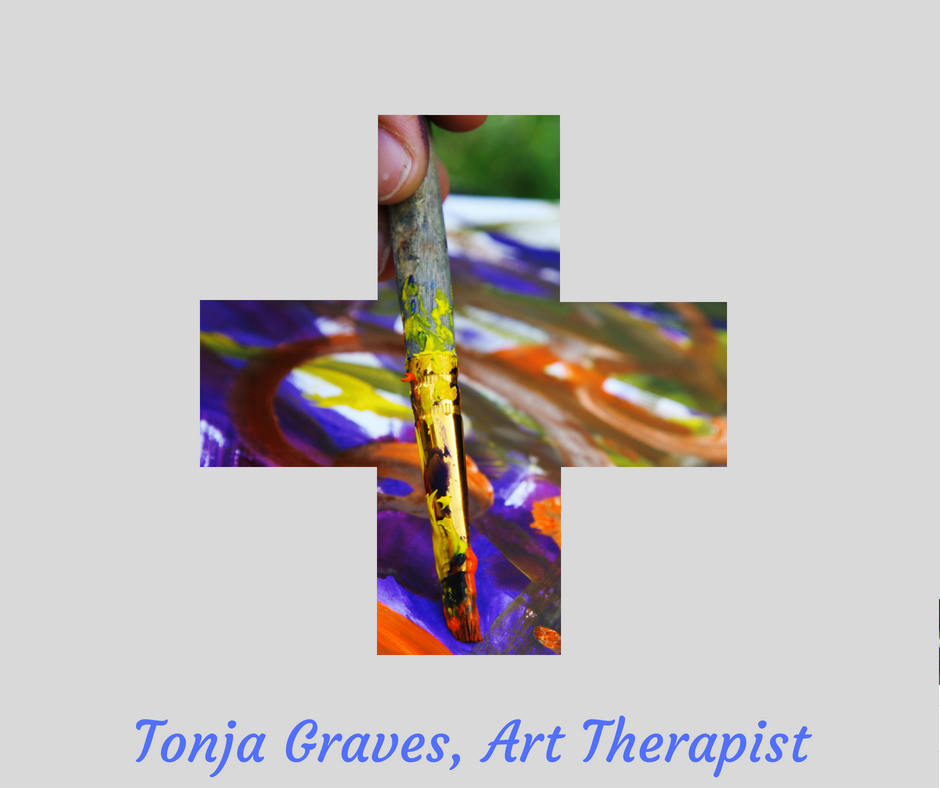
What is Art Therapy?
Art Therapy is the process of using the therapeutic qualities of art to foster self-awareness and cope with life experiences. This process is one that is done through the guidance and support of a professional therapist and is a type of psychotherapy. Art Therapy incorporates a non-verbal means of expression, which can be less threatening to the client than traditional therapy. Through the process of making art, clients develop greater self-awareness, increase verbal and listening skills, better cope with stress, improve self-esteem, and gain social skills.
Who can benefit from Art Therapy?
Anyone can benefit from Art Therapy. It has been shown to be beneficial for children, adolescents, and adults in individual, family, or group sessions. It is important to note that the client does not need any previous art experience to participate. Art in a therapeutic setting is used as a tool to provide exploration and communication and to foster healing. The art process is able to access areas of the brain that are not available through verbal communication, which is an important asset of this modality.
What if I am not any good at art?
Art Therapy is a creative practice that focuses on the artistic process as an outlet for expression. The therapeutic setting is a process-focused environment, rather than emphasizing the end product. The work produced during sessions will remain confidential, and one does not need to have any previous experience to participate in Art Therapy. The therapeutic art process is one where the individual client responds from a personal perspective.
What is the goal of Art Therapy?
The focus of my Art Therapy practice is for a client’s brain to function at its highest possible level. The largest and highest functioning part of the brain is the cerebrum, consisting of the left and right hemispheres (Serendip, n.d.). Each of these two hemispheres has different functions that are specific to the correlating side. The left hemisphere is associated with language and logic and is linear—to name a few; whereas the right is correlated with the synthetic, analogical, and spatial functions, among others. The more an individual can cross over these connections made by the corpus callosum, the more the brain will communicate and the higher the brain will function (Mayfield Clinic, n.d.). One of the main reasons art is beneficial in therapy is because a major function of art is that it contributes to the understanding of the brain’s perceptual capabilities—it helps the brain register objects, form abstractions, and synthesize them (Zeki, 2001, pp. 51-52). The process and study of art is used to gain knowledge about how oneself as well as others perceive the world. Art is putting ideas into form; the more one can practice the communication of the brain hemispheres, the higher the brain will function.
Contact us at CNMA to learn more about Art Therapy and our Art Therapy for Children.
To schedule an appointment with Tonja Graves, Art Therapist, click here or call our office at 303.688.6698. Tonja specializes in working with children and adults, and supports clients all across the Colorado Front Range including Castle Rock, Sedalia, Castle Pines, Lone Tree, Parker, Larkspur, and Colorado Springs. Click here to learn more about Tonja.
